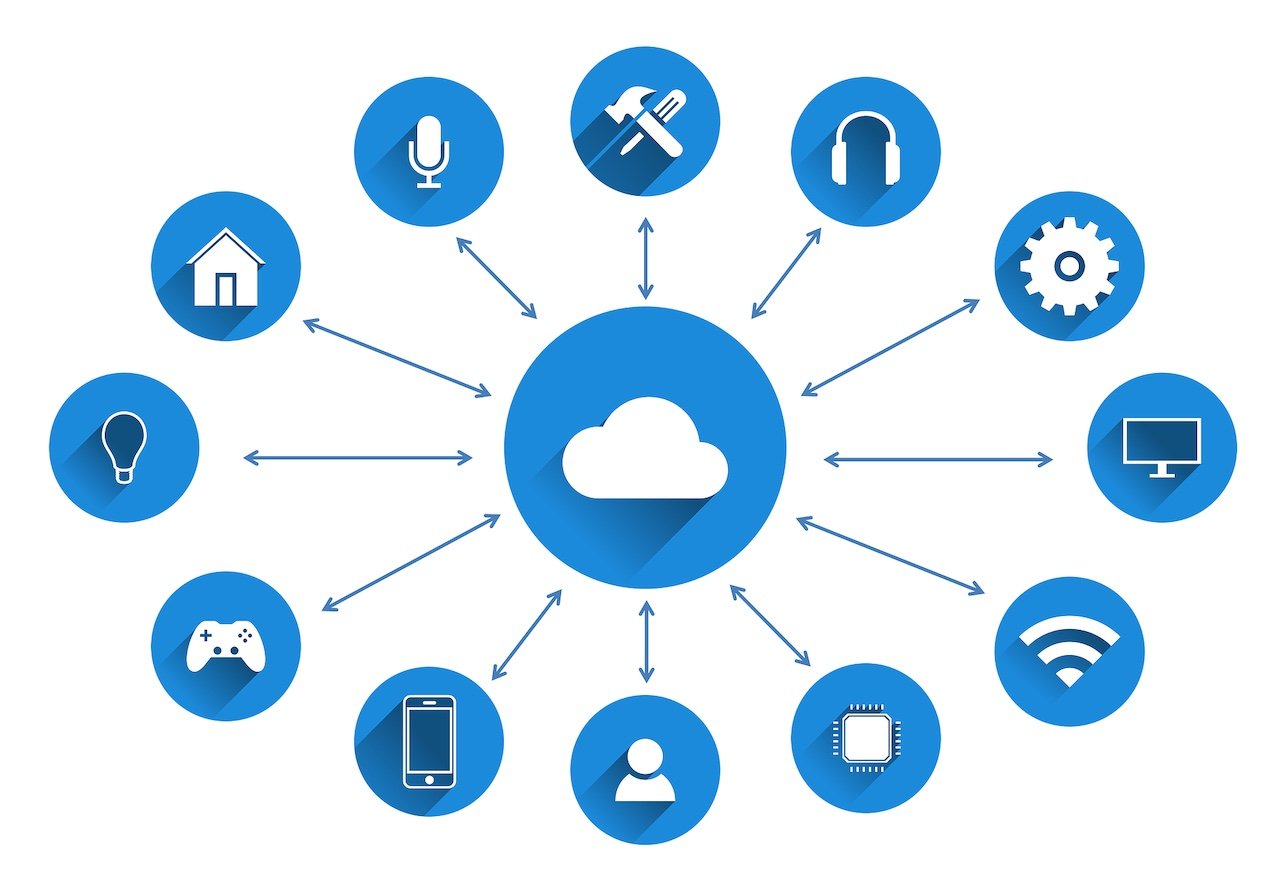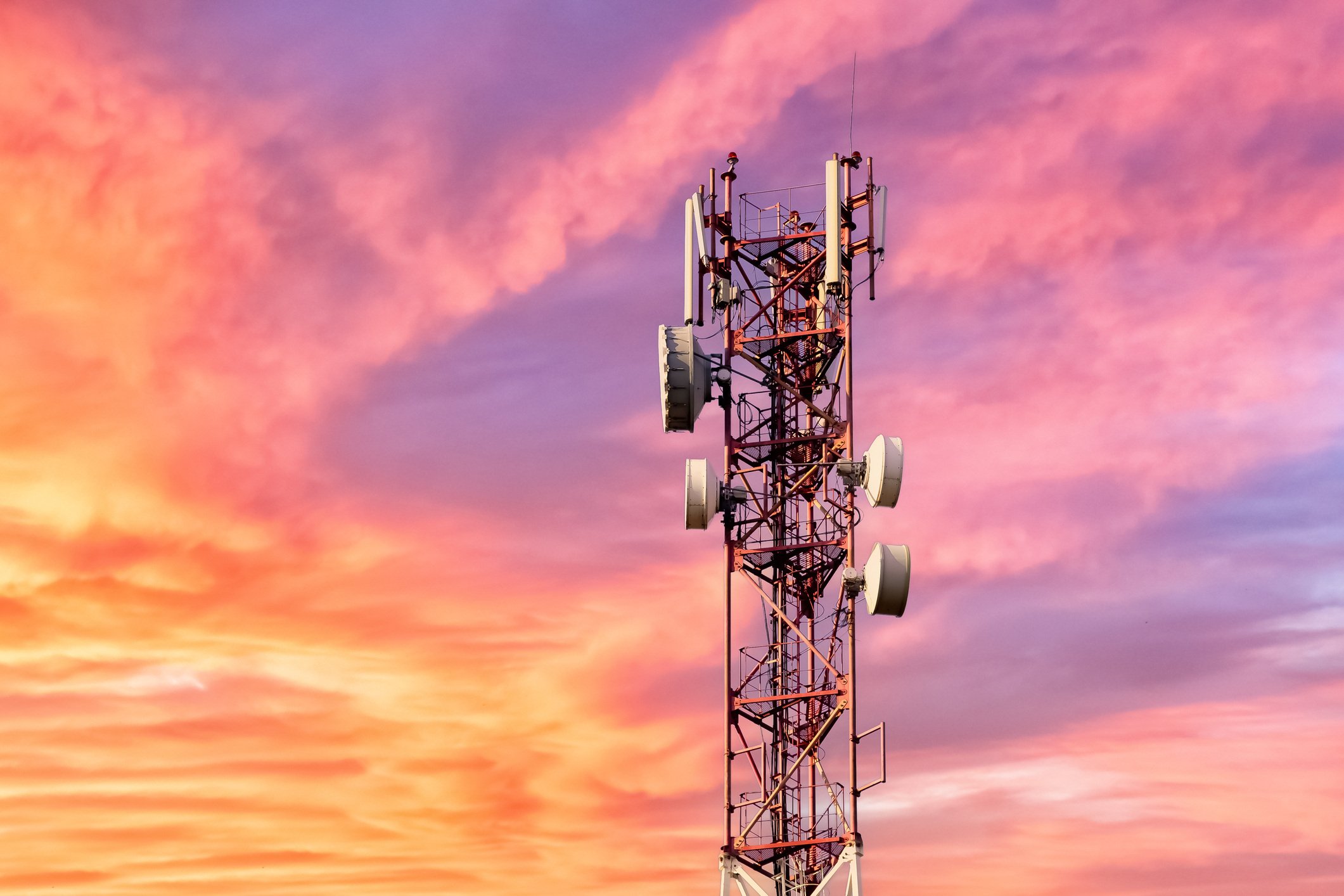
- April 2025 (1)
- March 2025 (2)
- February 2025 (1)
- December 2024 (2)
- November 2024 (2)
- August 2024 (2)
- June 2024 (3)
- May 2024 (3)
- April 2024 (1)
- March 2024 (3)
- February 2024 (2)
- January 2024 (2)
- December 2023 (1)
- November 2023 (2)
- October 2023 (2)
- September 2023 (1)
- August 2023 (1)
- July 2023 (2)
- June 2023 (3)
- May 2023 (2)
- April 2023 (1)
- March 2023 (4)
- February 2023 (1)
- January 2023 (2)
- November 2022 (2)
- October 2022 (1)
- September 2022 (1)
- August 2022 (2)
- July 2022 (2)
- June 2022 (2)
- May 2022 (1)
- April 2022 (3)
- March 2022 (1)
- February 2022 (3)
- January 2022 (2)
- December 2021 (1)
- November 2021 (1)
- October 2021 (2)
- September 2021 (3)
- August 2021 (1)
- July 2021 (4)
- June 2021 (1)
- May 2021 (2)
- April 2021 (2)
- March 2021 (2)
- February 2021 (3)
- January 2021 (3)
- December 2020 (1)
- October 2020 (1)
- August 2020 (1)
- August 2019 (1)
- January 2019 (2)
- September 2018 (5)
- June 2018 (1)
- November 2017 (1)
- September 2017 (1)
- July 2017 (1)
- May 2017 (1)
- January 2017 (1)
- October 2016 (2)
- August 2016 (1)
- July 2016 (1)
- June 2016 (1)
Subscribe by email
Deploying an IoT solution brings significant value to businesses, but it also introduces complexity. From connecting devices to managing data, the multilayered architecture of IoT projects can be a challenge to navigate. Without a centralized IoT platform, you’re left piecing together a collection of interconnected but separate components–making your deployment process time-consuming, difficult to manage, and often more expensive.
That’s where an IoT platform steps in, acting as the hub that keeps everything running smoothly. It facilitates efficient communication and data management, enabling scalable deployments and actionable insights to inform your sales and monetization strategies. Platforms like Zipit take it a step further, streamlining connectivity, analytics, and billing into a single solution. Let’s explore the different types of IoT platforms and how to choose the best one for your business.
What is an IoT platform?
An IoT platform takes on critical tasks like device management, connectivity, application enablement, cloud integration, data analytics, and billing. It provides the infrastructure to connect your IoT devices to the cloud and manage them within your IoT ecosystem.
- Device management: Overseeing and updating connected devices throughout their lifecycle.
- Connectivity: Managing network connections for uninterrupted data transmission.
- Application enablement: Providing tools to build and deploy IoT applications.
- Cloud integration: Connecting IoT devices to cloud services for data storage and processing.
- Data analytics: Analyzing IoT data to obtain useful insights and drive decision-making.
- Billing: Managing subscriptions, data usage, invoicing, and tax compliance.
However, no single platform can handle all of these functions on its own. Multiple platforms are typically required to manage the full range of tasks effectively.
Ultimately, an IoT platform establishes the foundation for creating smart, secure, and connected devices that are efficient and reliable. Whether launching your first IoT deployment or optimizing an existing solution, choosing an IoT platform that aligns with your specific needs is key to building a successful, scalable network without being weighed down by the complexities of managing the multiple layers of your deployment. By offering tools and capabilities that streamline the development and operation of connected devices, these platforms reduce the risk and cost while accelerating your time-to-market.
How does an IoT platform work?
All types of IoT platforms work together throughout the deployment process. Once a device is connected and registered, it begins to collect data that is transferred to a platform for analysis. The resulting insights are then displayed on a dashboard, providing a visual representation of the information.
Each type of IoT platform serves a distinct purpose, equipped with unique functionalities. For example, a connectivity management platform is designed to facilitate communication between devices and backend systems. Here are some critical functions that IoT connectivity platforms perform to achieve this goal:
- Device and SIM provisioning: When IoT devices are deployed, they typically rely on SIM cards or eSIMs to connect to cellular networks. A connectivity management platform helps manage the provisioning and activation of these SIMs, ensuring they are configured with the correct network and data plans.
- Monitoring and control: The platform continuously monitors the connectivity status of each device, tracking data usage, signal strength, and the network the device is connected to. This enables real-time insights into the performance of the IoT ecosystem, alerting users to potential issues like weak signals or excessive data consumption.
- Multi-network support: Many IoT connectivity platforms offer access to multiple MNOs, which ensures that devices can seamlessly switch between networks based on coverage and service quality in a specific location. This is especially critical for global deployments.
- Billing and cost management: A connectivity management platform tracks data usage per device, which is essential for managing costs across a large fleet. It often provides analytics to optimize data plans, avoid overages, and keep costs predictable.
- Automated diagnostics and troubleshooting: When connectivity issues arise, the platform can automatically run diagnostics to identify the cause and provide solutions or alerts for manual intervention. This feature reduces downtime and operational overhead.
Other types of IoT platforms perform functions related to their specific roles within the IoT ecosystem. When several platforms work together, they create a cohesive and efficient framework for your IoT network.
Types of IoT platforms
When it comes to selecting the right IoT platform, it's essential to understand that no two platforms are the same. Each type serves a distinct purpose, tailored to specific stages of IoT development and deployment. Let’s take a closer look at the six primary types of IoT platforms and the unique functionality they offer.
1. IoT device management platforms
IoT device management platforms handle key functions such as device registrations, firmware updates, performance monitoring, and security patches, ensuring your devices remain connected, secure, and reliable as your network grows.
Effective device lifecycle management is critical to the long-term success of any IoT deployment. While the consequences of overlooking device management may not be immediate during product development, it’s crucial to implement these systems early on to plan for future scalability.
2. IoT connectivity platforms
Connectivity platforms manage the networks that connect devices, enabling seamless data transmission and providing businesses with the tools to activate and manage devices at a global scale. These platforms are essential for ensuring reliable and efficient communication between IoT devices and the cloud. In addition, they monitor network performance and track key KPIs, such as average data consumption. A strong connectivity management platform offers visibility and control over device SIMs and network connectivity from a single central interface, allowing you to activate or deactivate SIMs individually or in bulk.
Zipit’s multi-carrier connectivity management platform takes this a step further by enabling businesses to manage devices across various networks without the hassle of logging into various systems or negotiating with each carrier separately. With robust API integrations to leading MNOs around the world, Zipit’s platform simplifies connectivity management, offering efficient data plans and reliable network performance to keep all devices connected and secure.
Learn more: 10 Key Features of an IoT Connectivity Management Platform
3. IoT application enablement platforms
IoT application enablement platforms offer a streamlined approach for developing and deploying IoT devices by providing all the essential hardware, software, and tools in one place. These platforms simplify the creation and management of IoT applications, allowing you and your team to avoid the time-consuming process of developing and engineering these elements. By leveraging an application enablement platform, your business can accelerate its IoT initiatives and focus on building the unique features that set your products apart.
4. IoT cloud platforms
IoT cloud platforms centralize the management of data and backend processes, providing the infrastructure necessary to maximize data efficiency and scalability. By leveraging the cloud, these platforms enable devices to process vast amounts of data in real time while supporting edge computing for faster, localized data processing.
Popular IoT cloud platforms like AWS IoT, Microsoft Azure IoT, and Google Cloud IoT offer scalable solutions that grow with your IoT ecosystem.
Learn more: Edge Computing vs. Cloud Computing: Why IoT Expansion Requires Both
5. IoT analytics platforms
IoT analytics platforms process and analyze the vast amounts of data generated by IoT devices and transform raw data into actionable insights. Leveraging technologies like AI, machine learning, and advanced statistical modeling, these platforms enable predictive maintenance, optimize device performance, and uncover trends that improve the functionality of IoT systems.
Zipit’s platform for managing connectivity and downstream subscription billing also provides detailed analytics into important IoT business metrics like the number of active devices, individual and total data usage across your entire deployed base, cellular service performance, and financial metrics such as revenue and churn rate. Our platform helps you stay informed and make smarter decisions regarding your IoT operations.
6. IoT billing platforms
IoT billing platforms automate the process of attaching payments to individual SIM cards and simplify the often complicated task of calculating taxes on global IoT deployments. These platforms are essential for monetizing connectivity and managing the complex billing structures associated with IoT ecosystems. Through a unified dashboard, end-users can monitor their billing activity, manage data plans, and make payments with ease. This helps your business optimize its operations with seamless payment collection and data management.
Zipit offers a robust and flexible solution that goes beyond traditional billing. Our billing platform allows businesses to integrate automated subscription billing for IoT services, attach payments directly to device usage, and track real-time revenue generation. With Zipit, your company can manage complex taxation across various regions, offering consumers a self-service portal to manage their data plans and payments.
Benefits of an IoT connectivity platform
IoT connectivity platforms offer numerous benefits that streamline processes, simplify data management, and enable seamless device communication. Here are some key advantages of implementing a connectivity management platform:
Rapid deployment
IoT connectivity platforms streamline device onboarding and provisioning, accelerating deployment and reducing time-to-market for new solutions.
Enhanced device performance
By facilitating seamless communication and management, IoT platforms improve the reliability and efficiency of connected devices.
Efficient inventory management
Businesses gain visibility over their connected devices, with the ability to monitor SIM profiles, ensuring they always know which devices are active.
Robust access control
Security features allow for stringent access controls for devices and data, ensuring that only authorized users can access critical systems and sensitive information.
Operational efficiency
By automating routine tasks and optimizing processes, IoT connectivity platforms help reduce costs, minimize errors, and improve overall operational efficiency.
Valuable business insights
Analytics capabilities provide insights into SIM usage and device performance, enabling businesses to identify trends, connectivity issues, and opportunities for optimization.
Increased scalability
IoT connectivity platforms support the seamless addition of new devices, functionalities, and deployment regions, making it easy for your business to scale.
Data plan management
Connectivity management platforms provide tools for tracking data usage, optimizing costs, and ensuring efficient data allocation across devices.
Multi-carrier management
By supporting device management across multiple carriers, these platforms simplify connectivity and enable businesses to expand their global reach without logistical challenges.
Automated subscription billing
IoT connectivity platforms offer monetization opportunities through automated billing processes, helping businesses effectively manage recurring revenue.
Enhanced customer relationships
User-friendly interfaces and streamlined customer service tools enhance the end-user experience, helping businesses build and maintain strong customer relationships.
How to choose an IoT platform
Choosing the right IoT platform is crucial for the success of your business. As IoT systems grow in complexity, a platform migration can be challenging and costly. Therefore, it’s essential to select a solution that not only meets your immediate needs but can also scale with your business’s future requirements.
Qualities of a strong IoT platform
- Secure: Security must be a top priority for any IoT platform to prevent data breaches and protect user privacy. This involves comprehensive identity management, device authentication, user access control, and end-to-end encryption of data.
- User-friendly: An effective IoT platform should simplify system management in a user-friendly way, ensuring that teams can navigate and operate the system easily.
- Scalable: The platform should support flexible scalability, allowing it to grow with your IoT ecosystem. As the number of connected devices increases, it should be able to maintain optimal performance.
- Customizable: A good IoT platform should offer flexibility to tailor functionalities and features to meet the unique demands of your business. As your IoT ecosystem evolves, the ability to modify and enhance the platform is crucial for maintaining a competitive edge.
- Compatible: It’s vital that the IoT platform works seamlessly with other systems. Look for platforms with open APIs that facilitate easy integration with existing technologies, ensuring your business can expand without being hindered by compatibility issues.
- Reliable: The platform should consistently provide dependable service, even when primary networks fail. Leveraging a platform with a multi-carrier approach ensures your devices maintain seamless connectivity and uninterrupted data flow.
Choosing a connectivity management platform
Your IoT connectivity management platform should have SIM offerings and multi-carrier capabilities to ensure consistent connectivity across various regions. It must provide global coverage with the flexibility to leverage local carriers, enabling smooth data transmission and cost efficiency. Real-time monitoring is essential, with features like network alerts and diagnostic tools to quickly identify and resolve connectivity issues. Additionally, the platform should offer flexible subscription billing models to add a recurring revenue stream and simplify complex billing and taxation processes.
Should you buy or build your own IoT platform?
When deciding whether to buy or build an IoT platform, most businesses find that buying an existing solution is more efficient and cost-effective than building one from scratch. Purchasing a ready-made platform helps reduce development time and costs while also providing access to ongoing updates and customizable features. Additionally, it allows you to focus your business operations on manufacturing, selling, and customer service instead of maintaining technical infrastructure.
Building your own platform may be worthwhile if it directly supports your unique applications or competitive advantages. However, it requires significant investments of time and resources to execute properly. Developing and maintaining a platform often demands specialized expertise across multiple domains—including front-end development, cloud infrastructure, user experience, hardware, and networking—which can make the process complex and costly.
Integrate Zipit’s IoT platform for seamless scalability
Zipit’s IoT connectivity management platform offers reliable, multi-carrier connectivity, ensuring uninterrupted device performance across global networks. With remote SIM management, you can monitor, activate, and adjust your SIM cards from anywhere, streamlining device management and reducing operational complexity.
Beyond providing connectivity contracts, Zipit’s platform delivers business insights based on device activations and usage, and it’s compatible with major cloud platforms to ensure smooth communication among all components of your IoT ecosystem. Our billing platform allows you to monetize connectivity and automate the billing process, so your business can shift time and resources into growth activities while driving an additional revenue stream.
Want to know more about Zipit’s robust yet intuitive IoT platform? Contact us to discuss your company’s unique needs.
You may also like:
Related Content
The latest IoT insights and platform updates from Zipit.
IoT devices need flexible network technologies optimized for low-power application...
The network an IoT device selects significantly impacts the strength and reliabili...
In today’s connected world, ensuring that your cellular IoT devices work seamlessl...



